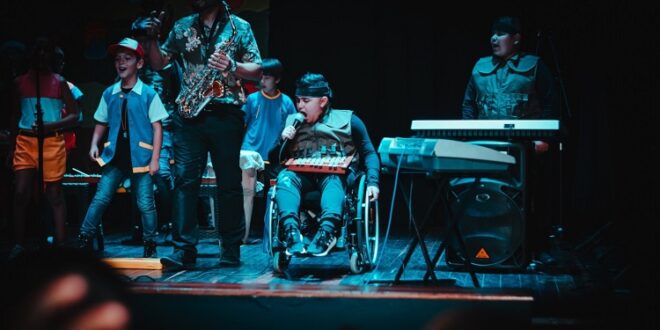The first film studio was built by Thomas Edison all the way back in 1893. The Black Maria, as builder Thomas Edison christened it, wouldn’t technically count as a soundstage. It would be another 34 years until the first sound film would be made, so there would have been no need to go to the expense of soundproofing.
All the same, his idea of staging a film shoot in a controlled environment would form the foundation of what modern sound stages would become.
Nowadays, renting film sets is common practice for a variety of purposes. Whether you’re working on a full-scale production or need a space to hold staged streams, rental filming studios are often the most practical options.
Let’s take a look at some practical uses for rental studios and the criteria to look for in a soundstage.
Uses for Sound Stages
As the name suggests, sound stages are enclosed, soundproofed buildings designed for film, TV, and increasingly for web content production. This differentiates them from shooting “on location”, meaning in a real-world outdoor location. It likewise separates them from external studios, which are closed, outdoor sets used for film production.
Sound stages give a production the maximum amount of flexibility. Since you’re not relying on natural light you’re not beholden to the time of day the way that you would be if you were shooting on location. Not to mention it’s cheaper than having to make travel arrangements for your team. And with the accessibility of green screens and a little basic construction, you can build your set from the ground up as the project requires.
This makes sound stages the go-to choice for music videos, vlog content, fashion shoots, and films.
What to Look For in a Sound Stage
To make for smooth and practical production, a sound stage needs to have a few key attributes.
Being soundproof or nearly so is a given. If your sound team is picking up the sounds of traffic outside then it defeats the whole point of renting a sound stage.
Light, or the lack thereof, is the second major consideration. The stage should be constructed to allow for no outside light to seep in, as well as have the electrical infrastructure that you’ll need to design your own lighting arrangement.
Ample space is another major factor. With all of the equipment and crew needed for a film shoot, you can run out of space faster than you might think. And having backstage areas for prep, makeup, and breaks is another must.
And lastly, it needs to be secure. Even a modest production can involve tens of thousands of dollars worth of equipment. Protecting that investment is a crucial aspect of running a shoot.
There are facilities throughout most major cities that offer all of these qualities, and often additional amenities in the bargain. For an example of what such a location looks like, check out New York-based Contrastudios.com
Filming Events at a Professional Level
Sound stages are an important tool in elevating your production above the amateur level. While you could hypothetically shoot your project in an office or private residence you have access to, you’ll never be able to get the same level of creative control that you would have in a designated film set.
But the right location is only one aspect of film production. To raise your production value to the highest possible level, be sure to keep up with all our pertinent tech and entertainment tips and guides.
 HammBurg Be informed with latest news, reviews, entertainment, lifestyle tips, and much more.
HammBurg Be informed with latest news, reviews, entertainment, lifestyle tips, and much more.




